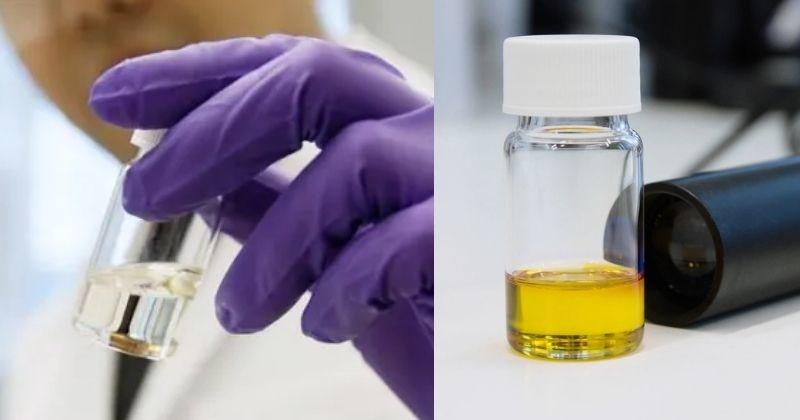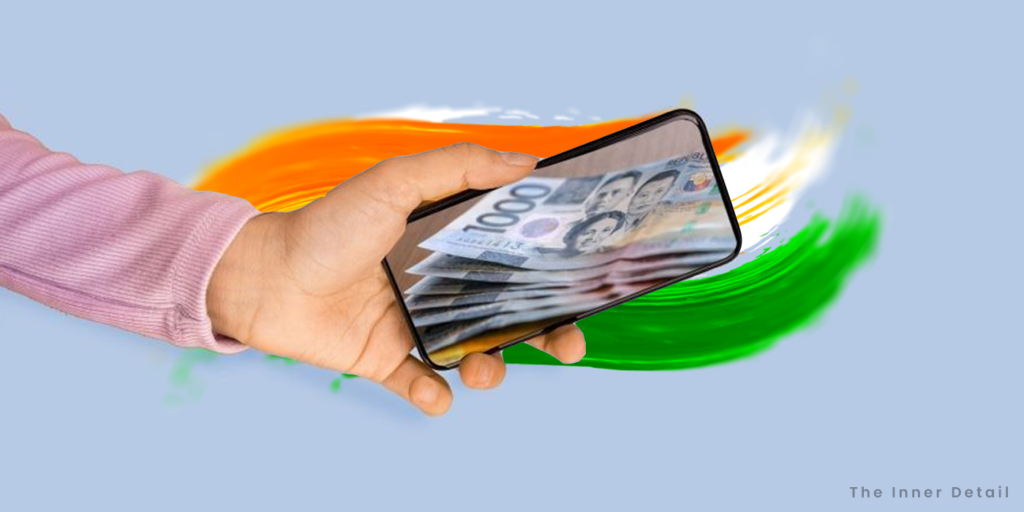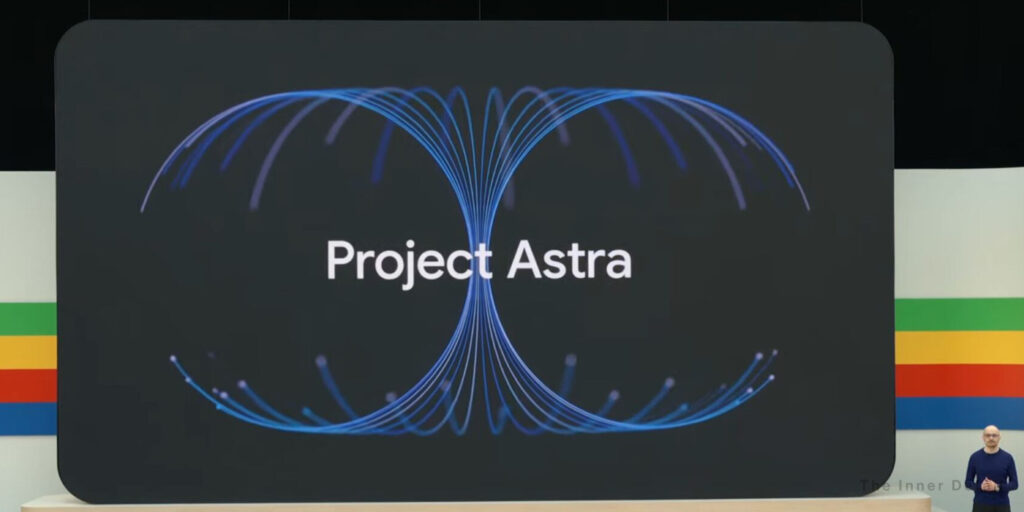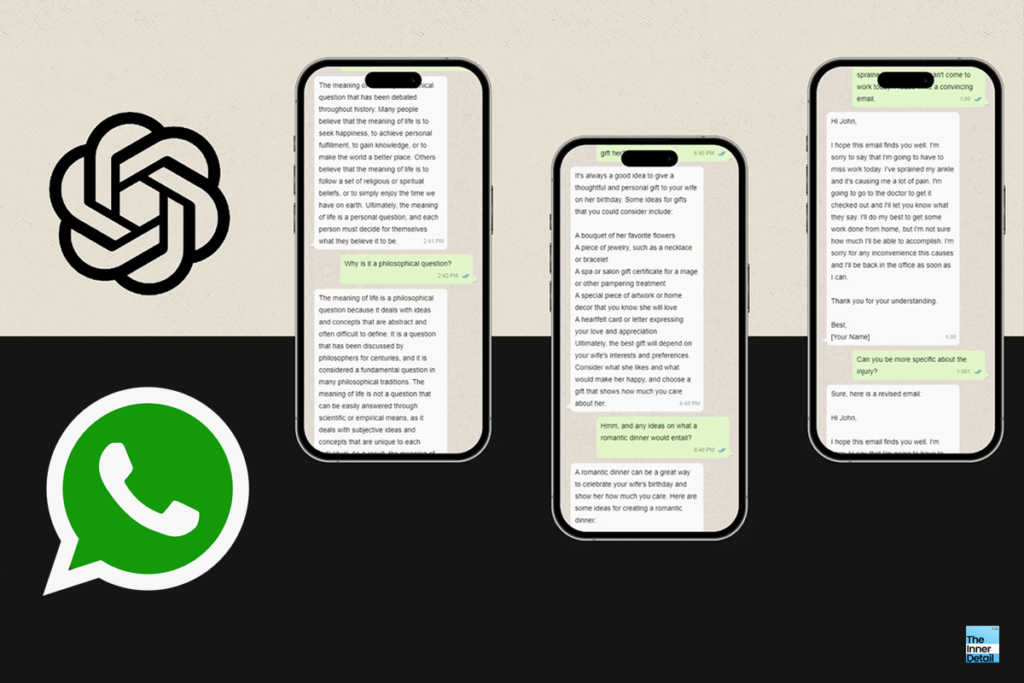As solar innovations are in the swing of development in recent years, a latest feat by Sweden researchers leaped a new approach of exploiting and handling Sunlight, the one which is completely new to this world – storing sunshine as liquid.
‘Need has a way’, gets proven again recently, when this happened. Storing and transporting solar energy had been few of the concerning obstacles of deploying solar power, along with intermittency and more. Not anymore.
Researchers at Sweden’s Chalmers University of Technology pioneered to store solar energy in a new way – in liquid form, after involving into the works for more than a decade. This isn’t achieved recently but in 2017.
They developed a liquid fuel containing the compound norbornadiene that when introduced to sunlight rearranges its carbon, hydrogen, and nitrogen atoms into an energy-storing isomer (quadricyclane). The study has been a breakthrough in making solar energy transportable easily and thus even readily meeting real-world small energy needs.
MOST System – Liquid Sunlight
Named as Molecular Solar Thermal (MOST) system, the technology improvised the way we perceive solar since years. The energy-rich isomer with the solar power can be stored for up to 18 years, beating up the life expectancy of a nominal solar battery’s range of 5 to 15 years. To release the fuel’s energy, it’s passed through a catalyst in which the molecule returns to its original shape and releases the energy as heat.

The MOST system concluded to be using that released heat to only warm homes or other applications of heating, wherein new research by the same team extended the exploitation of liquid solar fuel to charging your electronic gadgets like smartphones, smartwatches and more.
The Chalmers team has now collaborated with scientists at China’s Shanghai Jiao Tong University, and designed a compact thermoelectric generator to turn that heat into electricity.
“The thermoelectric generator is an ultra-thin chip that could be integrated into electronics such as headphones, smart watches and telephones,” said researcher Zhihang Wang from Chalmers University.
Technically, if your MOST-systemized smartphone incorporated with the generator chip, gets some sunlight, there won’t be any need of batteries. However, this is far ahead in future, the researchers foresee.
Currently, output power is up to 0.1nW (1.3 W m-3 / unit volume), which might be quite small but the scientists are buoyant in their MOST system, anticipated to address the intermittent nature of solar energy by storing for years and transportable across lands and oceans.
“Sweden’s Sunshine could be sucked out for energy to power Japanese’s Smartphones”
“So far, we have only generated small amounts of electricity, but the new results show that the concept really works. It looks very promising”.
Solar-Power Anywhere & Anytime
“This is a radically new way of generating electricity from solar energy,” said research leader Kasper Moth-Poulsen, Professor at the Department of Chemistry and Chemical Engineering at Chalmers. “It means that we can use solar energy to produce electricity regardless of weather, time of day, season, or geographical location. It is a closed system that can operate without causing carbon dioxide emissions.”
Related Posts
“Together with the various research groups included in the project, we are now working to streamline the system,” said Kasper Moth-Poulsen. “The amount of electricity or heat it can extract needs to be increased. Even if the energy system is based on simple basic materials, it needs to be adapted to be sufficiently cost-effective to produce, and thus possible to launch more broadly.”
As world is approaching for a renewably powered applications, charging up your smartphone and other gadgets with just sunlight could be one of the revolutionary technologies that future may proffer us. However, ‘when’ is uncertain & let’s hope for the best.
What’s your thoughts on this? Comments welcomed!






